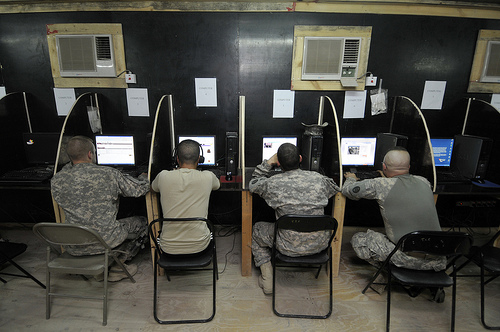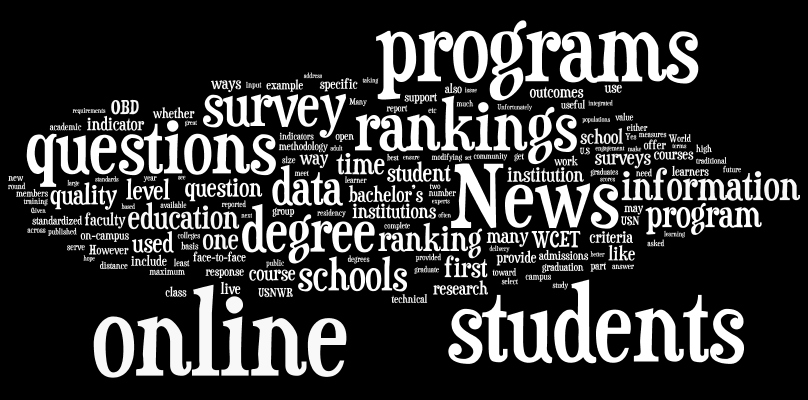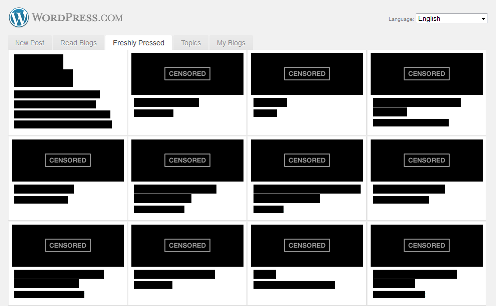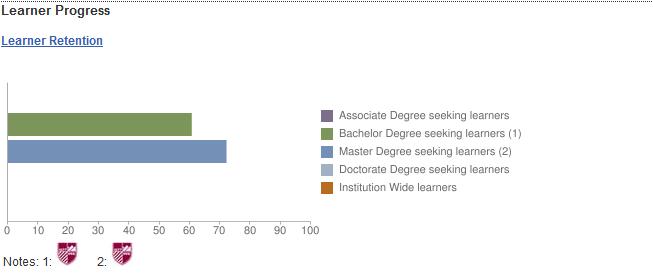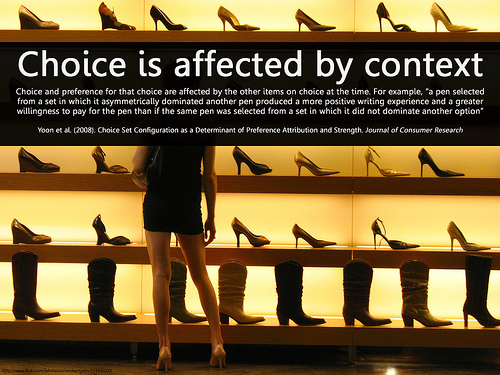In talking to institutions about state authorization, we often get asked about the consequences to the institution for not complying with the regulations. Rarely do we get asked about the impact on students. We became aware of some instances where students were directly impacted by state authorization and wanted to share their stories.
Meet Claudia
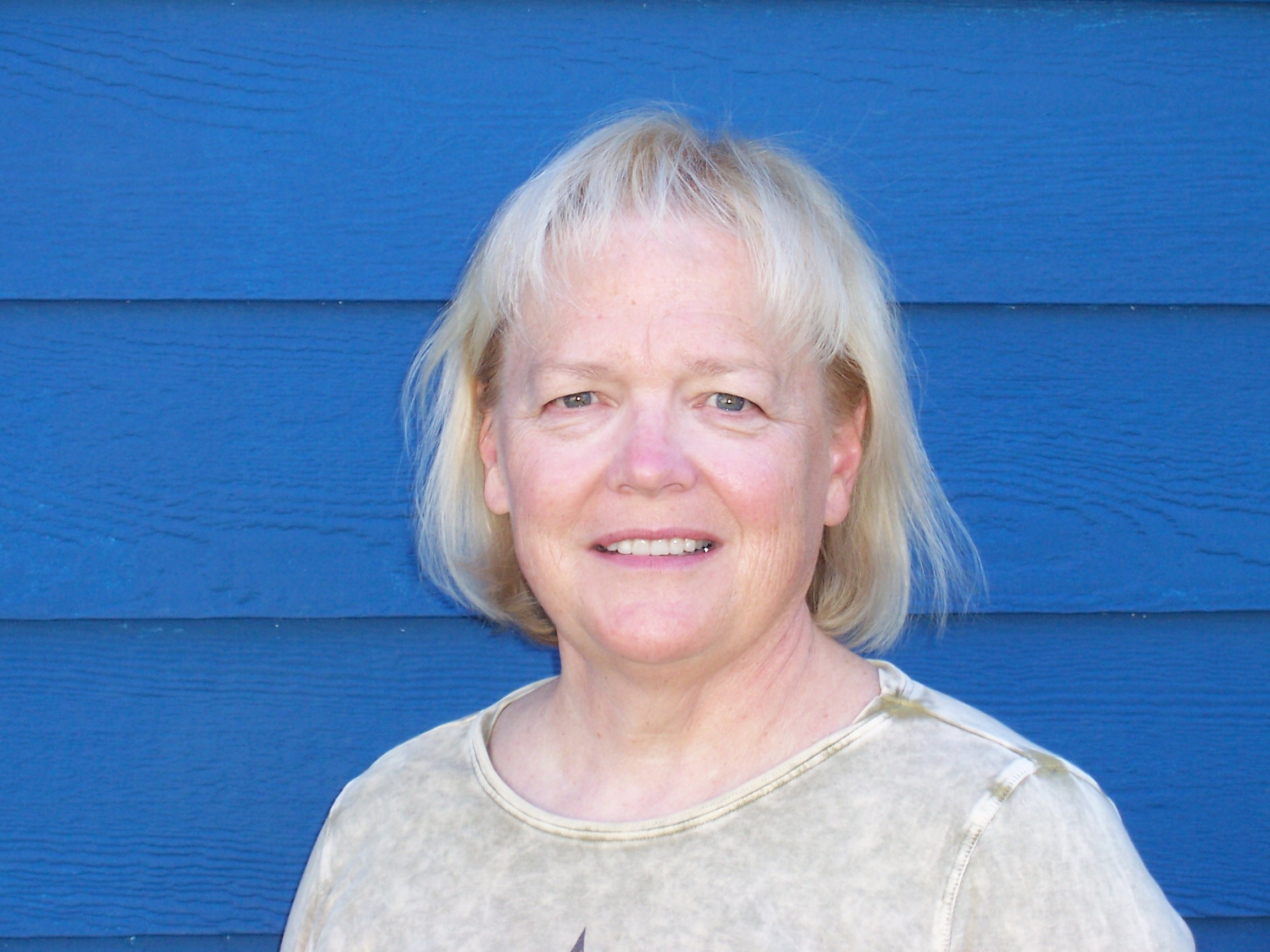
With a bachelor’s in health education, a R.N., two master’s degrees, and a Ph.D. in nursing as well as a successful career as the primary women’s health nurse practitioner for two communities, why would Claudia Wiseman ever want to return to school again? Like many other rural health providers, Claudia wanted to expand her capabilities to be able to serve a new population in her community – men.
Upon researching graduate certificates that would allow her sharpen her skills and knowledge in treating men and sit for the certification to be licensed, her options were slim. Within her home state of Oregon, she could move to Portland, abandoning her practice to attend the one state institution which offers this certificate. Since she was getting the certificate to better serve her community, she didn’t want to abandon it in this pursuit.
So, Claudia turned to online learning. She found a fully online program many states away which offered the specialized courses she needed in order to become licensed. Problem solved, right? Wrong.
This is where things get sticky. After taking a couple of course hours, Claudia discovered that though her school had all of the right accreditations, the one thing they did not possess was state authorization, specifically from the Oregon Board of Education. Without authorization, even if she completed all of the coursework successfully, she would be ineligible to become a certified Adult Nurse Practitioner in Oregon.
Meet Ricky
Claudia is not the only student affected by state licensure. Meet Ricky (whose name has been changed and identity shielded, at his request) who also is a working health care provider in a rural community and a veteran. Ricky is working and going to school full-time while raising two children. He wished to move up a level at work, but wanted to continue providing for his family without uprooting them and moving across the state or country. Ricky sought out a blended program that advertised short, on –campus components with most coursework done online and clinicals in your home state. It sounded perfect.
Perfect until he went to find a clinical position and learned that his school did not have authorization to operate in his state, and therefore he could not participate in an official clinical locally. No clinical, no degree and his VA financing would be in jeopardy. Even with a clinical, he would not be able to sit for the licensing exam unless his school received state authorization and approval from the state board of nursing. He was faced with having to move his family across the country again, this time even considering allowing his house to foreclose in order to complete his degree.
A Happy Ending for Claudia and Ricky, but Not for Everyone
Luckily for both Claudia and Ricky, their schools stepped up to the plate, completed the paperwork, and paid the fee to be authorized in their states. Both Claudia and Ricky will tell you that compliance was not their institution’s first reaction. It took informing, cajoling, and perhaps even a threat of legal action to reach their goal. Ultimately the institutions, state regulators, and licensing boards collaborated to ensure a positive outcome for the students.
Their stories ended well, although it was a frustrating journey for these students. However, we have heard from state regulators and licensing boards that it has not ended so well for all students.
Jennifer Diallo, director of the Office of Degree Authorization in Oregon, says there are many other cases where students didn’t find out until they were sitting for the licensure exam, after having graduated, that their programs did not qualify them to become licensed. She called clinical placements the “canary in the mineshaft,” because often times its not until a student starts searching for a placement that they find out they are attending an unapproved institution.
All of this was brought to the forefront with the federal state authorization rules announced in October 2010, which require institutions to demonstrate that they have the approval in states in which they operate, by July 2014. States have had these laws on their books for years, decades even, but many public and non-profit institutions had not worried about seeking authorizations.
The federal regulation was what tripped the security light for state regulating offices such as Ms. Diallo’s, which subsequently found 380 institutions operating within the state of Oregon without authorization. According to Ms. Diallo, the worst part is that some institutions are “asking the passengers to fly the plane” on processing state authorization by involving students in the process. Some institutions have asked students to research all the regulations for their state and report back to the institution as to what needs to be done. Anyone who has tried to navigate these regulations knows that it’s a task that should not be left to novices, let alone students.
According to Russ Poulin, WCET, some state institutions have decided that it will be cheaper to keep operating without state authorization and pay the legal fees if they get sued, than it would be to seek authorization in each state. This sentiment was echoed by a state institution we spoke with as well. Please note, we do not recommend or endorse not following state laws.
What should be done?
From these stories, we see the need, not for further regulation, but for states to work together to create reciprocity. There is no magic bullet – this will not be an easy process. It is one that the online education community must tackle on behalf of our students and WCET continues to support this work.
Institutions need to recognize their responsibilities and the possible negative impacts than non-compliance can have on students.
Do you know a student who has been affected by their institution not having authorization in your state? Or conversely, as an institution have you had to deny admission or graduation to a student because the state in which they reside had not given you authorization?
Blog Post co-authored by:
Megan Raymond, Manager, Programs and Events, mraymond@wiche.edu
Cali Morrison, Manager, Major Grants, cmorrison@wiche.edu
WCET: wcet.wiche.edu
Support our work. Join WCET.

